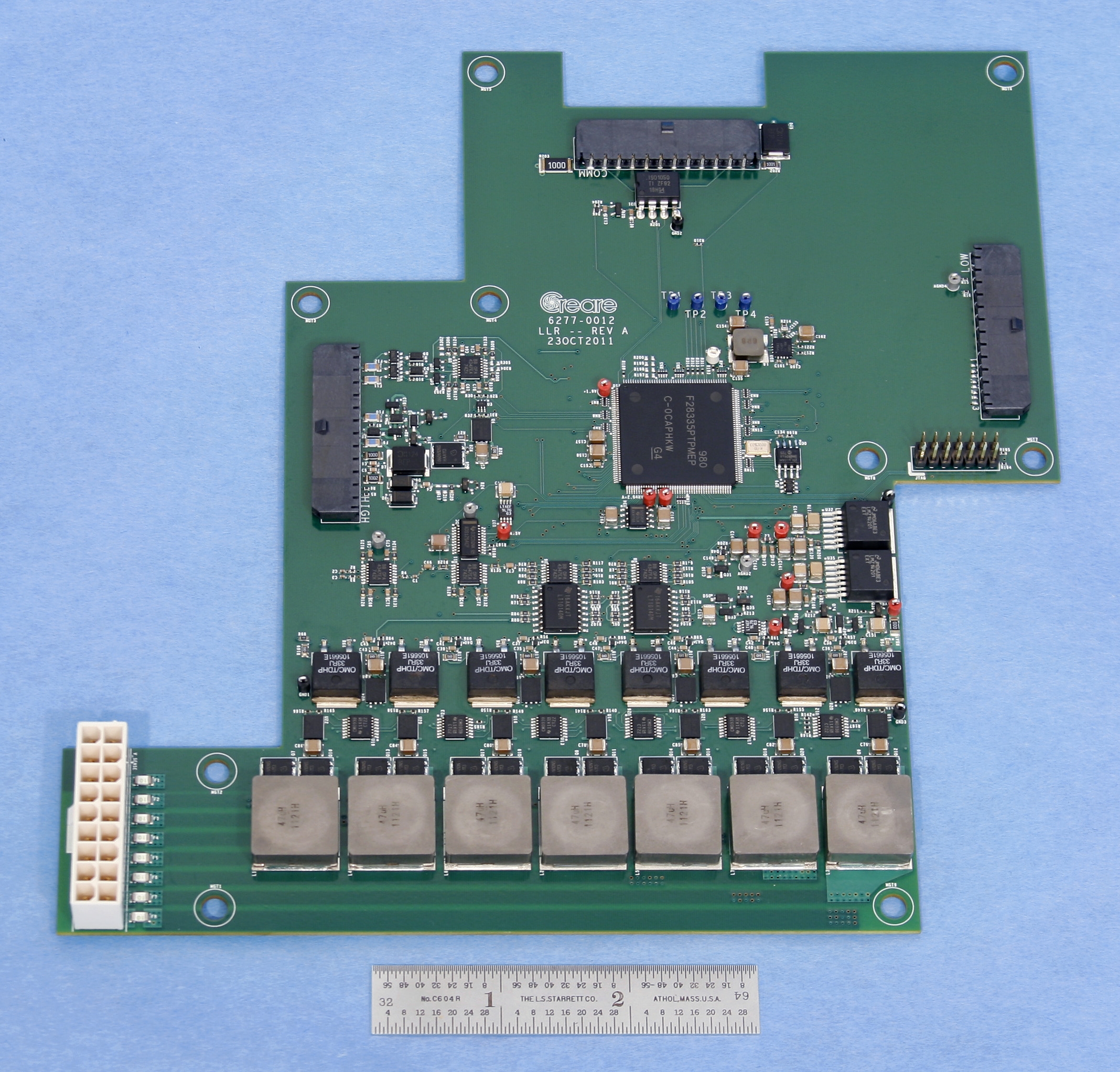Making Batteries Safer
Lithium-ion (Li-ion) batteries are excellent electrical energy storage devices for commercial and military platforms, but as demonstrated in some small consumer electronics, they can suffer catastrophic loss. One can imagine the damage potential in larger systems. To realize the benefits of these batteries in applications like electric and hybrid electric vehicles, directed energy weapons, and renewable energy grid storage, Creare is developing novel approaches to alleviate thermal runaway risks.
One such technology is an innovative phase-change thermal management system. Phase-change heat transfer has proven to be better than seven times more effective at removing waste heat than conventional conductive approaches. Keeping cells cooler through enhanced thermal management provides greater operating margin before self-sustaining or self-propagating thermal runaway events occur.

Creare’s fail-safe battery management system (BMS)
Another technology, Creare’s fail-safe Battery Management System (BMS), can detect emergent cell faults within large-format battery packs. The BMS electrically removes suspect cells from the system to avoid further damage while providing limp-along capability with the remaining healthy cells. Additional health prognostic information is critical to safe operation and cost-effective maintenance and logistics of these critical energy storage devices.
These two independent, yet complementary methods promise to significantly reduce the operating risks associated with Li-ion batteries. These technologies are key pieces needed for ubiquitous deployment of large Li-ion storage banks for everyday applications.
Dr. David Fogg holds a M.S. and Ph.D. from Stanford University and a B.S. from RPI, all in Mechanical Engineering. In addition to battery technologies, his core interests lie in novel thermal management systems including two-phase cooling for spacecraft, microchannel heat exchangers, and vapor compression systems.
This story was featured in the Fall 2017 edition of Creare’s People & Technology newsletter.
